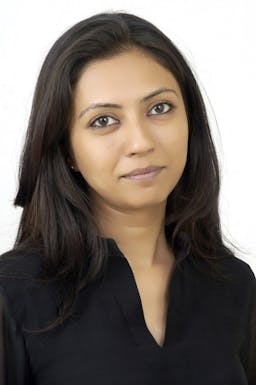Games they play in my Land...
Jan 21, 2015
First story
He is a 13-year-old boy with big green eyes, following me everywhere while I wander around the Gurdwara Panja Sahib, (Hasan Abdal) taking pictures. The place is bustling with people of all ages, children running around, old men and women lying in the corridors. This boy appears in front of me when I move towards a quieter corner and looking straight into my eyes, he almost whispers and makes a sign which makes leaves me standing still.
Satish Singh belongs to Mingora, Swat. He moved to Gurdwara on April 28th with his parents, three sisters and two brothers. He is the eldest among his siblings. I take his hand and lead him to the stairs. He looks around to make sure that no one is noticing him.
And then he says, ‘Maulana Fazlullah looks like a true hero of a movie. He comes there on a horse, and there are always three other people on horses with him, one at his back and two on each side. I wonder how he became such a dashing person. Though I have never seen his face but his personality is very impressive.’
I am stunned, and I ask him to explain the sign which he made earlier.
He looks around to see if anyone is watching and then with widened eyes says, ‘I saw there were three of them, wearing shalwar kameez. Their faces were wrapped in black cloth, excluding the eyes and they had guns. It was about 2:30 pm and I was coming back from school. It’s the Green Chowk where there are different shops and lots of people. They stopped in front of a shop, grabbed a man, knocked him down and beheaded him.’
‘He was an ordinary man, perhaps some government officer, I still think of him and wonder what his fault was?’
It’s hard for me to keep looking at Satish. Just when I try to move the conversation to a lighter tangent, he says, ‘that was the first time in my life when I ran as fast as I could. I entered my house, went straight to the washroom, threw up and fainted. For next three days I was not able to talk to any one. My mother still asks me what went wrong that day, but I am unable to explain, I am speechless when I think of that day, I am scared.’
‘So you never talked about this with any one?’ I finally asked.
He gives me a false smile and said, ‘what should I say? You know our Veer Ji (teacher) and our parents have strictly prohibited us to say a word about Taliban. If my father finds out about this conversation, he will lock me up or send me to India.’
It’s not just the story of Satish. I have met several children over the past week, all those who have a new identity now known as ‘Internally Displaced Persons’.
These children, regardless of their ages and religion have similar things to talk about: Bombings, war, shelling, Taliban, blood, killings and the army.
Shehrbano is a 12-year-old girl. She can’t speak Urdu, but I know she wants to tell me something. I request a man standing beside me in the Jalala Camp of Mardan to ask her in Pashto what it is. Shehrbano looks at me for a second, puts her head down, and says, ‘there was a beheaded man, whose head was placed on his body with a note on it saying, whoever will do something wrong, will get the same punishment, I don’t know what wrong doings they were talking about.’
Seven-year-old Atif has seen people killed in a suicide bombing, 11-year-old Daud Khan has no idea who is killing whom and 13-year-old Salman wonders when all of this will finish.
I have no answers to these questions. I am unable to imagine what sort of a generation this will be. Fear, terror and anger are written all over these children. They don’t laugh or smile anymore. I smile at them and get back an inquisitive look in return.
Swabi district which lies between the Indus River and Kabul River in the NWFP has also given shelter to the internally displaced people of Malakand Division. The private camps set up by a rich family have taken in more than 5,000 people. The affect of War on Terror are the same in these camps too.
‘Once there were three helicopters which flew from Risalpur PAF Academy and a four-year-old child ran into his mother’s lap asking, if these are the same Buner fighter planes which were here now? And the mother was speechless.’ Arzu Khan from the Tarakai family of Swabi tells me.
‘These children have been exposed to traumatic experiences which will remain in their lives for a very long time. I have experienced such meetings in Peshawar and Mardan when children are given a pencil, paper and colors and all they draw is knives, guns and blood pools.’ Dr. Naima Hasan, a psychologist, explains.
‘These children feel like strangers in their own land. They can’t differentiate between the Taliban and Army, rather good people or bad people. They play with each other where one becomes a Talib and the other one a Fauji (army man). They point fingers at each other as if they are holding guns and make sounds of firing and bombings, at the end of the game both die due to this virtual cross fire.’ A local journalist of Swat requesting anonymity said.
With the unresolved hurt these children are carrying since their childhood, it will be no surprise when they will end up being a mass of the unresolved anger and frustration waiting to explode.




